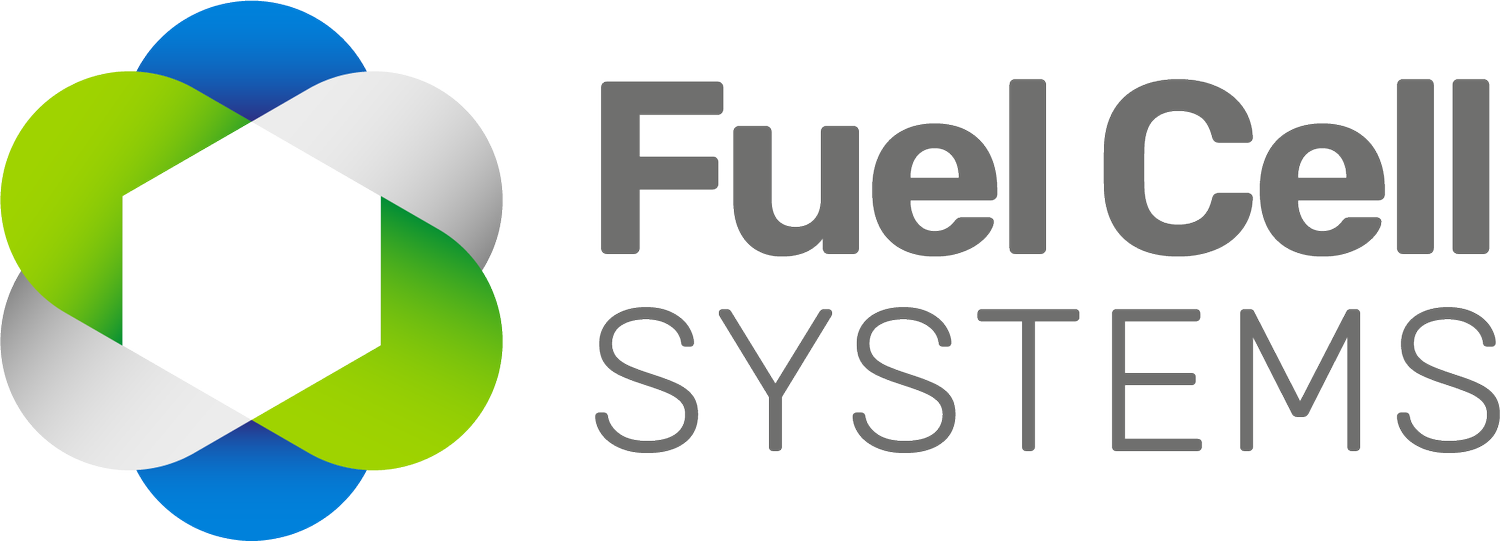Fuel Cell installation for the hybrid hydrogen mini-grid at the EETC, Rotherham
When energy consultants TNEI were asked to create the UK’s first fully-hybridised, stand-alone and completely ‘green’ hydrogen mini-grid, UPS Systems were called upon to specify, supply, install and commission the fuel cell system designed to co-power the new Environmental Energy Technology Centre (EETC) in Rotherham, South Yorkshire.
Funded by regional development agency Yorkshire Forward, the EETC is a base for businesses specialising in renewable or emerging energy industries. It is a showcase for creating a truly carbon-negative, fully operational, commercial development demonstrating the vital part Hydrogen will play in securing a reliable and fully renewable energy supply for the future.
The hydrogen mini-grid system (HMGS) at the EETC uses a combination of wind power via a 229kW wind turbine, a hydrogen electrolyser, a 30kW fuel cell system and the UK’s largest store of truly ‘green’ hydrogen with the capacity to store over 200kg of gas. The mini-grid system also houses the first hydrogen vehicle refuelling station in the north of the UK.
Potential carbon savings created by using the off-grid HMGS are estimated at 130 tonnes / year.
The Hydrogen Mini Grid at the EETC forms one of the most technically advanced combinations of completely renewable energy, state-of-the-art hydrogen production and fuel cell technology anywhere in the world.
The project
Power production for the renewable and hydrogen mini-grid system starts with the 229kW wind turbine. While operational this provides enough energy for the requirements of the EETC. Any excess power is then either utilised by the hydrogen electrolyser to produce hydrogen which is then stored, or fed back in to the national grid.
During times when lack of wind renders the wind turbine non-operational, the fully-automated system then brings the 36kW fuel cell system into operation. Using the hydrogen stored by the mini-grid system this powers the building until such time as the wind turbine becomes operational again. In the event that the hydrogen levels in the store become very low the fully-automated system has the facility to switch back to grid-power should it be required for short periods of time.
The fuel cell system
To complement the wind turbine for power production, the EETC needs a reliable alternative power plant to swap-to when the turbine is not operational. This needs to be rapid in coming on-line and able to run for as long as the turbine is not operating.
Based on this specification, UPS Systems provided and installed a system made up of three 12kW PEM (proton exchange membrane) fuel cells. This was incorporated into the Hydrogen Mini Grid System (HMGS), along with nine inverters, three 168Ahr batteries and supervisory software to control the system designed by UPS Systems for this specific project.
This installation was in many ways, a completely bespoke design for the HMGS having its own cooling system, and a unique control system. We also took into account that the HMGS was designed to be a ‘world first’ demonstration site. With that in mind even the final ‘finish’ of the system was taken into consideration with the fuel cells and batteries mounted in matching racks to reduce their footprint and make the installation aesthetically pleasing.
Fuel cell System specification:
3 x 12kW rack-mounted modular fuel cell units
Consumption of approx. 500 litres/min Hydrogen at full load
H2 operating pressure of 8 bar
Small battery bank with DC-DC conversion
3-phase output 415V via 9 inverters
Remote inverter monitoring system
Bespoke fuel cell control system designed for HMGS by UPS Systems

